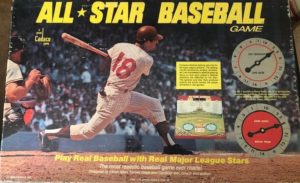Why is this team called Jack Bauer Squared? I shouldn’t assume the references make sense to everyone.
The unique structure of this particular theme league called for owners to draft exactly one player from each of 24 franchises and disperse them across a 24-year span from 1969 to 1992. This meant that you could not have two players from, say, 1988. Nor could you have two players from the Dodgers or Yankees or anyone else. Only the “original” 24 franchises, meaning those in the major leagues as of 1969, were eligible, so it excluded the Colorado Rockies, Arizona Diamondbacks, Miami Marlins, Tampa Bay Rays, Toronto Blue Jays, and Seattle Mariners.
The draft was therefore called 24×24 to represent that each owner had to fill 24 franchise spots and 24 years to complete their roster. The 25th and final player was selected in a supplemental round consisting only of players from the six later franchises and from the years 1993-2019.
For those who were not watching television in the 00s, Jack Bauer was the name of the lead character in the Fox show 24, which followed a counter terrorism agent through a 24-hour cycle of events each season, divided into 24 one-hour episodes designed to appear as if they occurred in real time.
One other owner took the 24×24 very literally and named his team “576.” My favorite names are “24 Lines About 24 Players,” a very clever song reference, and “A Rod, some Wood and a Big Unit,” playing off the names of three of his draftees whose names and nicknames have something distinctly in common with something totally different.
Shoutout also must go to “P Niek! At the Disco” for combining a key player (Phil Niekro), music from the era, and a band reference. The owner also placed his team in Chicago’s Comiskey Park, famous for the 1979 promotional disaster Disco Demolition Night, so major bonus points for that.





